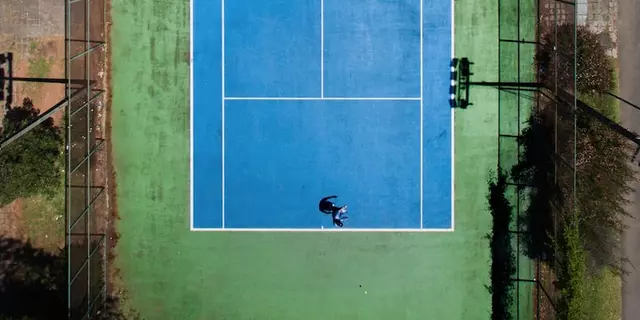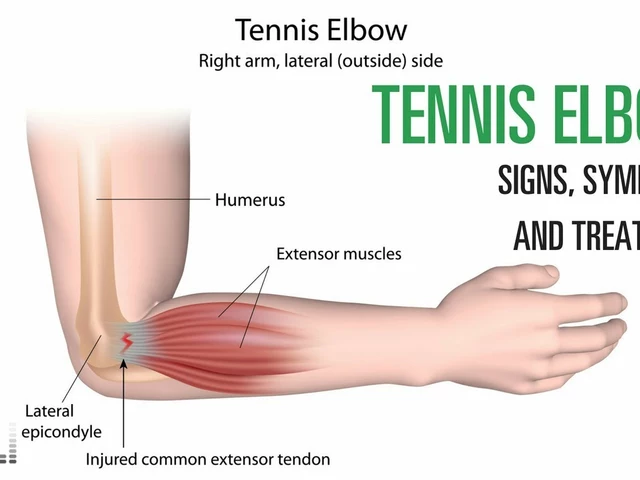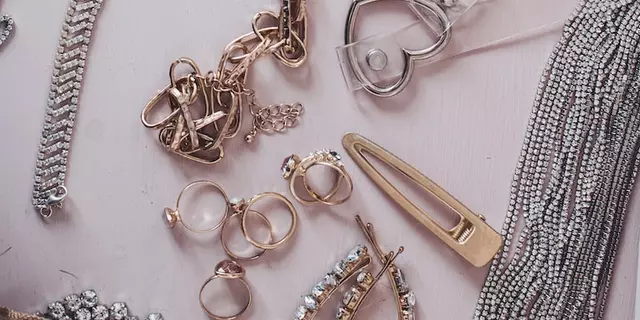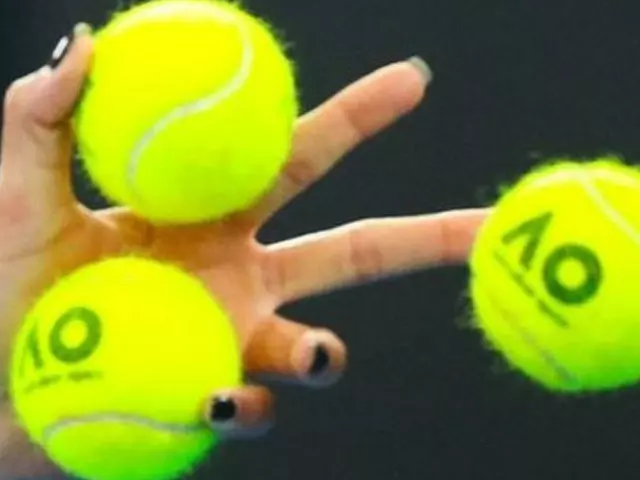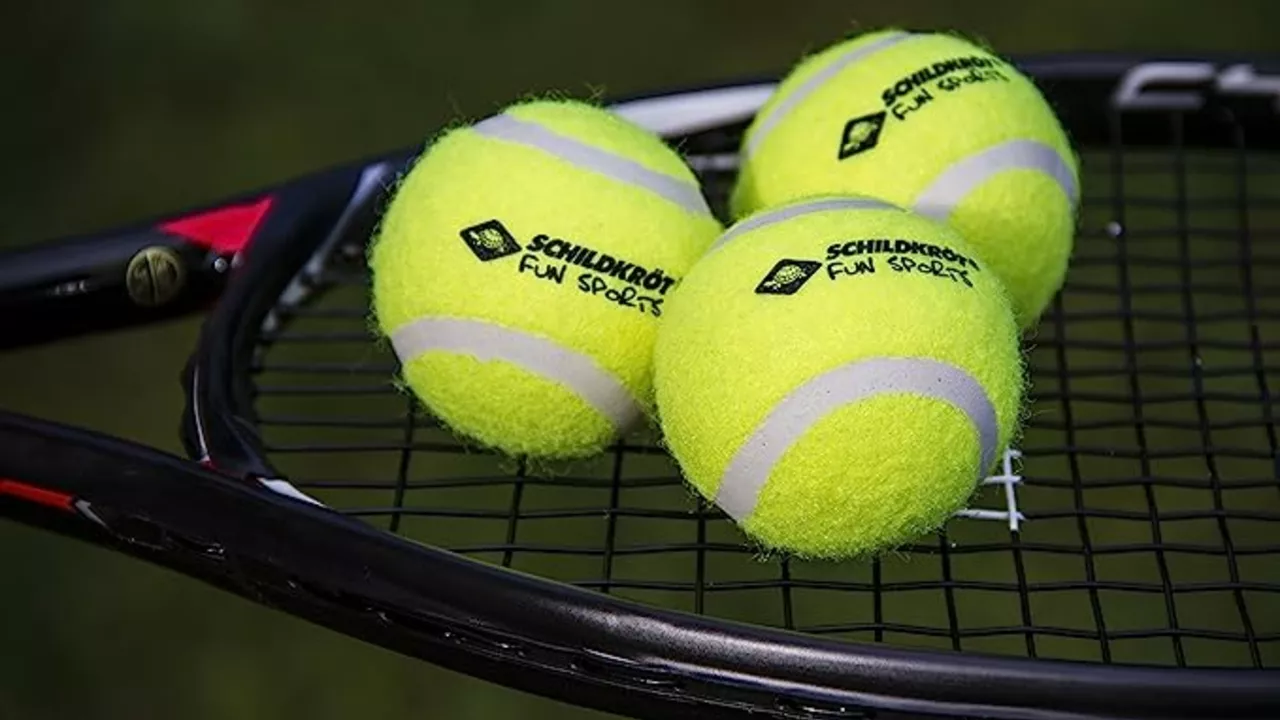
Understanding the Make-up of a Tennis Ball
Before we delve into why tennis balls don't last long, it's essential to understand their anatomy. A tennis ball is made up of two parts: the core and the felt cover. The core is a hollow rubber ball filled with pressurized gas to create bounce, while the felt cover, which is usually yellow, is glued onto the core. The composition of the ball affects its longevity significantly.
The Importance of Pressure
One of the main reasons why tennis balls don't last long is the pressure inside them. Tennis balls are pressurized to make them bounce. Over time, the gas within the ball escapes, causing the ball to lose its bounce. The loss of pressure is inevitable and is affected by numerous factors such as the environment and how often the ball is used.
Impact of Regular Play
Regular use of a tennis ball affects its longevity. Each time a ball is hit, it loses some of its pressure, and the felt cover wears down. If you play tennis frequently, you'll notice that the balls lose their bounce and become less responsive over time. This is why professional players use fresh balls regularly during matches.
Environmental Factors
Environmental factors also play a significant role in the lifespan of a tennis ball. Exposure to sunlight, humidity, and temperature fluctuations can speed up the degradation of the ball. For instance, in hot conditions, the gas inside the ball expands, leading to a faster loss of pressure.
The Role of the Felt Cover
The felt cover of a tennis ball is not just for aesthetics; it serves an essential function. It provides the ball with spin, speed, and feel. However, the felt cover wears down with use, affecting the ball's performance. Once the felt is worn out, the ball becomes less controllable, making it difficult for players to execute accurate shots.
Storage and Maintenance
The way you store your tennis balls can make a big difference in their longevity. Keeping tennis balls in their original canister when not in use can help maintain their pressure longer. Exposure to air leads to a quicker loss of pressure, so it's advisable to replace the lid immediately after removing a new ball.
Quality and Longevity
Not all tennis balls are created equal. The quality of the ball impacts its longevity. High-quality balls are made from superior materials and have a better construction, which makes them last longer. However, even the best balls will eventually lose their bounce and responsiveness over time.
Why Freshness Matters
Ever wondered why tennis players always want fresh balls during matches? It's because fresh balls have a predictable bounce and spin, making them easier to control. As the ball ages, it becomes less predictable, making it harder for players to execute precise shots.
Cost vs. Performance
There's always a trade-off between the cost and performance of tennis balls. While cheaper balls might seem like a good deal, they often don't last as long. On the other hand, more expensive balls are generally made from better materials and last longer, providing better value for money in the long run.
Choosing the Right Ball
In conclusion, while tennis balls don't last long due to their structure and the nature of the game, there are steps you can take to prolong their lifespan. Choosing the right ball, storing it correctly, and understanding its limitations can help you get the most out of your tennis balls. Remember, though, that the performance of a tennis ball degrades over time, so don't hesitate to replace old balls when necessary.

